The value of the imperial flag. Meaning of flag colors
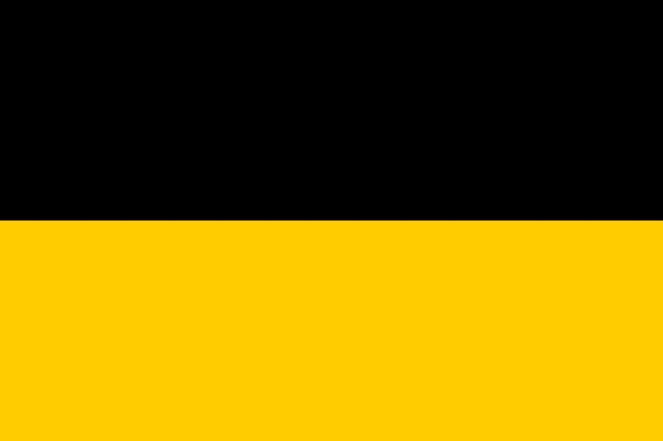
Advocates of this tricolor call it imperial. They are convinced that their golden age in Russia is connected precisely with black, yellow and white banner. It is said that this color combination is more authentic of the original Russian statehood. Hardly…
Imperial flag
The official state flag "imperial banner" lasted from 1858 to 1883. Indeed, during this period the Caucasus was finally conquered, and the Balkan campaign was successfully carried out. The Russian Empire has not suffered any major defeats. The flag, which is important for today's supporters, was never used by collaborationists during the Great Patriotic War, in contrast to the white-blue-red flag. But there is one thing ... It was during the official period of the black-yellow-white tricolor that the Russian Tsar was killed - Emperor Alexander II.
"And you have the wrong flag"
Why Alexander II decided to carry out a "color reset" - the question is still open. There is a version that the king, after the unsuccessful Crimean War and the inglorious demise of Father Nicholas I, decided to shake up the empire and began by changing the flag. But, in my opinion, everything is much more trivial ... Just as it often happened in Russian history, a “learned German” appeared once ...
In 1857, a new head, Bernhard Karl (aka Boris Vasilievich) Köhne, a well-known numismatist and collector, appeared at the emblem department of the heraldry department of the empire. Boris Vasilievich, the son of a Berlin archivist, had a dynamic career in a foreign land by that moment: being a protege of the Duke of Leuchtenberg Koena who had settled in Russia, he was one of the founders of the Russian Archaeological Society and was appointed the keeper of the Hermitage numismatic department. Entry into office was noted by Koehne by popularly explaining to responsible state officials that the flag of the Russian Empire was incorrect. It’s all a matter of color combinations: according to the German heraldic school, the colors of the flag should correspond to the dominant colors of the emblem. And where, pray tell, is there a blue color in your coat of arms? And really - where? The eagle is black, in gold, St. George is white ... It did not take long to persuade the sovereign, and in the summer of 1858 Alexander II signed the fateful decree:
“A description of the highest approved pattern of the location of the Empire’s official colors on banners, flags, and other items used for decorations on special occasions. The arrangement of these colors is horizontal, the upper band is black, the middle one is yellow (or gold), and the bottom one is white (or silver). The first stripes correspond to the black state eagle in the yellow field, and the cockade of these two colors was founded by Emperor Paul I, while the banners and other decorations of these flowers were used during the reign of Empress Anna Ioannovna. The lower band is white or silver corresponds to the cockade of Peter the Great and Empress Catherine II; the emperor Alexander I, after the capture of Paris in 1814, connected the correct coat of arms with the ancient Peter the Great, which corresponds to a white or silver horseman (St. George) in the Moscow coat of arms ”.
And here is Austria?
The Senate approved the decree, but in the political lobby there was some bewilderment: “Doesn't this flag remind you of anything? It seems that the Austrians are the same ... "
Indeed, a similarity with the standard of the Austrian Empire was observed. Fortunately, the Austrian heraldists spread out their coat of arms in only two colors - black and yellow. If there were still white, then there could be confusion.

Flag of the Austrian Empire
In addition, the same flag was the Kingdom of Saxony (black and yellow). A yellow and white state standard of the Kingdom of Hannover, on the contrary, coincided with the new Russian tricolor at the bottom.
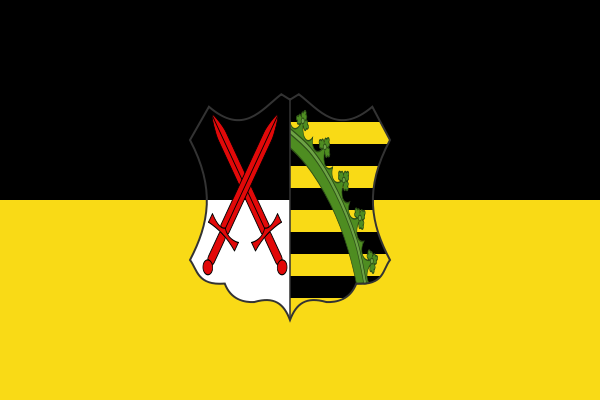
Flag of saxony
All these coincidences gave rise to unnecessary conspiracy theories in Russian society. The fact is that Saxony and Hanover was the patrimony of two branches of the Welf-Wettin family (of which, incidentally, the current Windsor dynasty ruling in Britain originates), and legends began to be born among the people that the Romanovs secretly became vassals of these clans - sworn to the Germans after unsuccessful Crimean War.
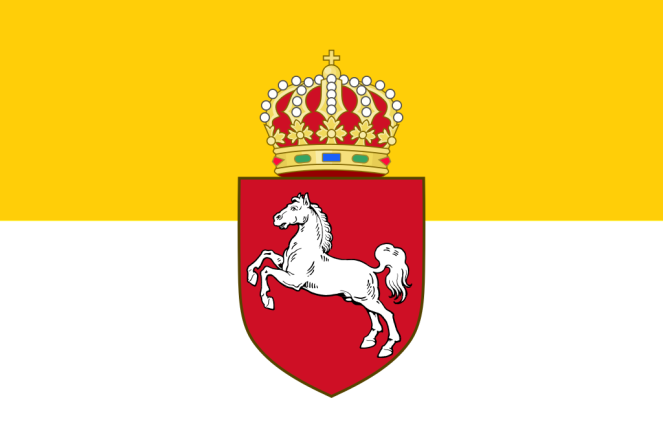
Flag of Hanover
But the statesmen decided to explain themselves - what, in fact, did not please the previous tricolor. Thus, the minister of the imperial court, by the name of Adlerberg, complained that the time had come to cleanse himself of “foreignness,” hinting that the former tricolor had Dutch roots. Yes, and the sovereign himself advised more than once to draw inspiration from pre-Petrine times, or even to Byzantium itself - and the Second Rome also had a yellow-black flag. At that time, many “learned” articles appeared that clarified the “natural selection” of the yellow-black-and-white flag: they talked about Byzantism of John III, who gave Russia a two-headed eagle, about Tsar Alexei Mikhailovich, who allegedly punished yellow-black under the threat of execution. colors in the state seal.
Consolation flag
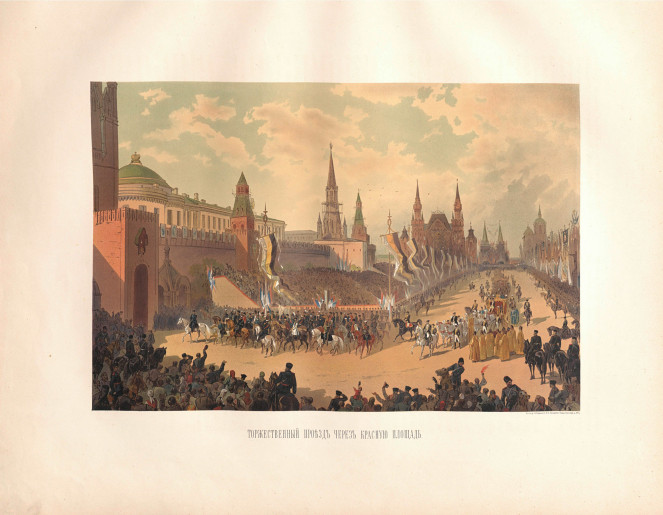
After the death of Alexander II, the "standard problem" was inherited by Emperor Alexander III. All this was aggravated by the fact that the German Empire, which had swallowed Hanover and Saxony, and Austria together with Italy, concluded in 1882 the Triple Alliance, which was not the most friendly of the Russian Empire. It was necessary to do something with the state flag.
In 1883, the king resigns Koena, who had already managed to create the Great Emblem of the Russian Empire, the coat of arms of the Romanovs and formulated new laws in national heraldry. In April of the same year, the emperor returns the former tricolor as official. In the “Austrian” flag, Alexander III changes the alternation of colors to white-yellow-black and gives it the status of the flag of the Romanov dynasty.
Society meets the decision of the emperor with joy. But the fact that the “Kyenev tricolor”, albeit in a modified form, but still preserved, gives new food to homegrown conspiracy therapists - “Nevertheless, they sold the Romanov Mother Russia to Weltham-Wettinam ...”
So, the official interpretation of the colors of the Russian flag does not exist. Unofficially, there are three variants of the interpretation of colors and none of them can be considered true. Each of them reflects only someone's subjective opinion.
According to the first version, red color means state power, blue - patronage of the Mother of God and white - freedom and independence.
According to the second, “sovereign” version of the flag color symbolizes the unity of the Slavic peoples. According to this version, red color means Great Russia, blue - Little Russia, white - Belarus.
Well, according to the third version, the red color symbolizes the blood shed for the Fatherland, strength and energy. Blue - loyalty and constantly. White - peace, purity, purity and constancy.
United States flag colors
At the time of adoption, in 1776, there was no official interpretation of the colors of the US flag. However, in the next year, 1777, a proposal was made to count:
“The white color on the vertical stripes used on the flag of the United States of America means purity and integrity. Red - courage and valor. Blue, a wide strip in the upper left corner of the flag, means vigilance, perseverance and justice. "
The stars on the American flag are a symbol of heaven and the divine purpose to which man has been striving since time immemorial. And the stripes symbolize the rays of light emanating from the sun.
The treatment of stars and stripes appeared much later, in the second half of the twentieth century.
German flag colors
The color scheme, similar to the flag of modern Germany, was also imperial medieval Medieval Roman Empire.
The interpretation of flag colors changed over time. Most often, black color symbolized difficult years, gold - the happy future of freedom and independence, red - blood and struggle. During the "liberation war" of 1813-14, as the Germans called the campaign of the Russian army led by Alexander I against Paris, a call appeared: "From the blackness of slavery through bloody battles to the golden light of freedom."
Since then, red, black and gold have become a symbol of the struggle of the German people against the Napoleonic occupation.
Colors of france flag
The French tricolor, with three vertical stripes of blue, red and white, was adopted in 1794.
Red and blue are the traditional colors of Paris and its heavenly patrons. Red color stands for St. Martin of Tours, blue for St. Denis, the first Christian bishop of Paris.
According to the old interpretation, the colors of the flag were represented by the three main classes of the country: white — the clergy, red — the nobility, and blue — the bourgeoisie. According to the modern "folk", white color means peace and honesty, red - courage and bravery, blue - truth and loyalty.
Informative!
 RUSSIA
RUSSIA The colors on the flag of Russia - White, blue and red. The flag was adopted in 1993. There are several interpretations of these colors, but the most popular is the following: White - nobility and candor, Blue - loyalty, honesty, impeccability, chastity; Red - courage, courage, generosity and love.
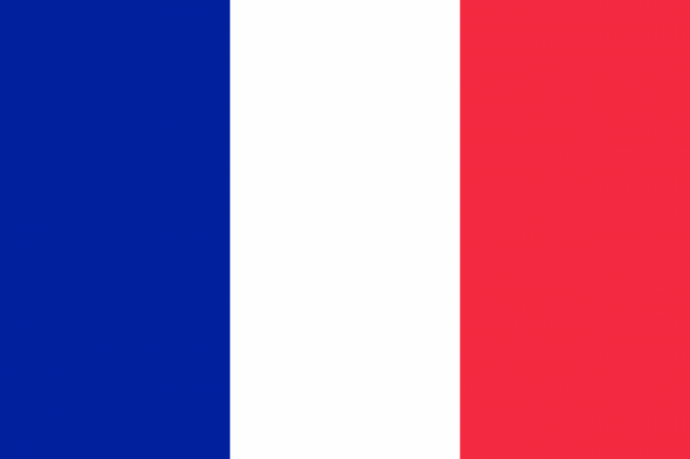 France.
France. The colors on the flag of France are Blue, White and Red (vertical). The flag was adopted already in 1794. The blue color is associated with the color of St. Martin of Turk's vestments, the patron saint of France; The white color is associated with the Divine color and symbolizes France itself; Red color was chosen in honor of St. Dionysius - the founder of the abbey.
 JAPAN.
JAPAN. The flag of Japan consists of a white canvas with a large red circle in the center. The flag was adopted in 1999. This red circle means the rising sun, which is why Japan is called so.
 UKRAINE
UKRAINE Colors on the flag of Ukraine - Yellow and blue. Flag adopted in 1992. Yellow color means wheat fields, and blue color means sky.
 ITALY
ITALY The colors on the flag of Italy are Green, White and Red (vertical). The flag was adopted in 1797. Green means the color of the local police, and white and red are the heraldic colors of Milan.
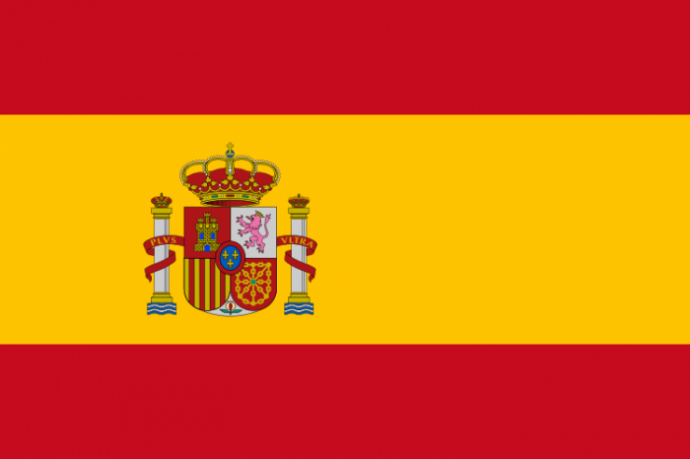 SPAIN
SPAIN The colors on the flag of Spain are red, yellow and red again (horizontally). In the middle is the coat of arms of Spain. The flag was adopted in 1981. According to legend, when one of the kings chose his banner, he settled on one project with a golden field. He dipped two fingers into the blood of animals and ran them along the canvas. So this flag appeared.
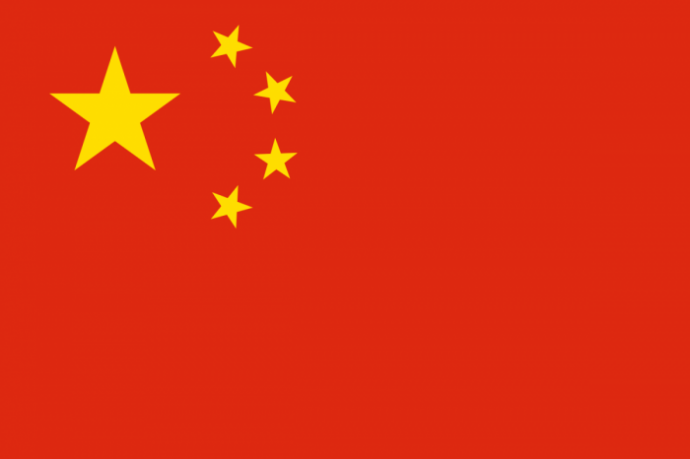 CHINA
CHINA The flag of China consists of a red canvas, in the corner is a five-pointed gold star, framed by an arc of 4 small stars. Red color means communism, the big star - the leadership of the communist party, and the small stars - 4 classes, namely: worker, peasant, petty bourgeois and capitalist.
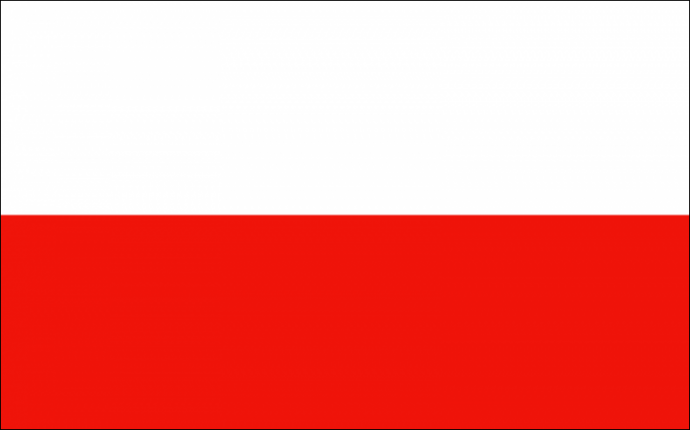 POLAND
POLAND The colors on the flag of Poland are white and red (horizontally). The flag was adopted in 1919. White color symbolizes the wings of an eagle, and red color - a sunset.
 ISRAEL
ISRAEL The flag of Israel consists of a white canvas with two parallel stripes of blue, and in the center of the flag is a six-pointed star, which is referred to as the “Star of David”. Flag adopted in 1891. The star in the center is an ancient Hebrew symbol for power, and the stripes resemble the prayer handkerchief that Jews use during prayer.
 Colombia flag
Colombia flag The flag of Colombia consists of three stripes horizontally, the color scale is yellow, blue, and red. Its originality is that color bars are not equal in size.
Yellow - the sun and grain of wheat from all over the land of Colombia,
Blue - sources of water and the color of clear sky,
Red - the shed blood of patriots who defended the independence of the country.
Residents are very respectful of the symbolism of their homeland. Therefore, for every public holiday, both on private houses and on public ones, the national flag of Colombia can be seen.
The approval of the flag in the national status was officially adopted on November 26, 1861. Its origin came from the flag of Great Colombia.
 Germany.
Germany. Colors on the flag of Germany - Black, red and gold (horizontally). The flag was adopted in 1848. These colors were borrowed from the uniform of German soldiers during the liberation wars against Napoleon. The soldiers were dressed in black with red sleeves and golden buttons.

 Live journal
Live journal Facebook
Facebook Twitter
Twitter